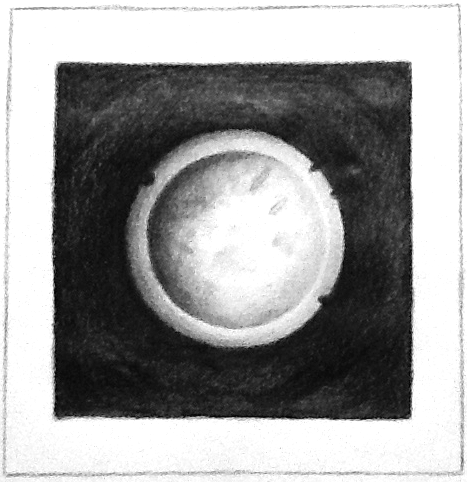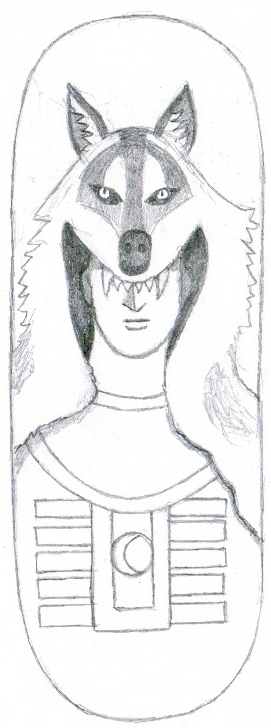
Koros
Marko let out a whoop, and Pima hurried over to see what the big dwarf had found. The opening was no bigger than Marko’s head, but Pima could see the deep darkness beyond it and knew the dwarven miner had found another cave entrance. The first time this had happened, Pima had gotten excited. And the second. But after a couple of dead ends, he’d learned that prospecting was a process requiring patience. Marko seemed to have plenty of it, but Pima was an Iswari long runner, not used to being bound to one valley for over a fortnight. Pima watched Marko attack the rock with his heavy pick, chipping and gouging, flinging and chanting — until it was large enough.
They lit lanterns and squeezed through into a tunnel, Marko first. It was not quite large enough for him to stand, so he hunched awkwardly along. Pima, short enough to walk upright, shuffled slowly behind Marko, feeling even more restrained and a little claustrophobic. The tunnel opened into a cavern after a couple of long minutes. It was twice as tall as Marko and four times that in diameter, with two thick columns formed by joined stalactites and stalagmites. Both of them saw the cave paintings right away; the walls and ceiling were covered in them.
There were easily recognizable animals, like a kolibri, a shipbird, and an aurochs; but what stood out was the largest painting. It clearly depicted the Kernu Apsu, across Kilpo Bay. Pima was familiar with the view, after a decade of living in and around Moru Kel. It was striking how similar this old painting was to many modern paintings and carvings he had seen - except for one thing. Many depictions of the Kernu Apsu show the full moon rising between them, but this one pictured two moons that were positioned above the mountain spires instead of between them. One was nearly full, and the other a mere sliver.
Spheres of Influence: Heroes, the Moon, Protection, Great Hunts
Epithets: The Shield, The Watching Moon, The Hunting Moon, Guardian by Night
Common Domains: Life, Order, Twilight, War
In the Time of the Gods, two moons graced the sky. These were Koros and Semoz the twin sons of Skura, who rode their great steeds across the sky each night, watching over the newly formed world. When a Demon-god attacked Skura, she was forced to cast one of her sons, Semoz, down into the material world. Koros remained in the sky and continues to watch over the world.
The Twin Hero moons are still bound together, despite the physical and material distance between them. Worship of Semoz, the Bringer of Magic, is intertwined with that of both Koros and Skura, the twins’ mother and Goddess of the Night Sky.
Koros is heroic, strong, and devoted to helping the weak and innocent. His followers may be knights or wretches, but they are united by a belief that the strong must look out for the weak and that, sometimes, the weak must also look after the strong. All have their role to play, and the most zealous followers are a tight knit group.
Koros in Moru Kel is probably most closely associated with the Bronze, who patrol our city and guard the gates. Anyone who has spent time here has seen one of these sentinels embrace a beggar on the street, break bread with a blind Seta woman, or change the dressings on an old man’s sores. It would be easy to assume this is always duty or charity, and followers of Koros do believe in helping the less fortunate. But most often, these are cases of one worshipper recognizing another and extending the love of a brother to a brother. Yeah, but they also ignore a lot of people who need help if they aren’t a brother — or sister.
Koros is also popular with those hunting dangerous beasts, who he aids when the moon is full. His power is greatest during full moons and weakest during new moons, when he mourns his separation from Semoz. In contrast, Semoz is strongest at the new moon and nearly powerless during full moons. Though devoted brothers, the twin heroes are fated never to share the same plane or the same cycle.
Some Seta spear hunt for shock eels in shallow river waters, by the light of the full moon. They pray to Koros both for success and survival, during these dangerous ventures. The eels must be pierced through the brain and pinned to the sandy river bottom. The hunter must then keep the eel pinned while dodging its thrashing body, especially the tail fin, until it dies. Which they learned from the river mahksi. And deep mahksi hunt the giant sea eels!It is often necessary to finish an eel with a dagger through the neck, a particularly challenging maneuver for a single hunter.
Related Demigods & Intermediaries
Whiro: Whiro is the hero-protector of Moru Kel.
 Festivals & Worship
Festivals & Worship
Karpa: Karpa, at the Reaping Equinox, celebrates Aerta and the Twin Moons, Koros and Semoz. Those who worship Koros typically reflect on the previous year and pray for personal growth in the coming year.
The Festival of Whiro: This festival, held on the second full moon following the Festival of the Sky, celebrates Whiro. The warrior knight who held the Gamaal horde at the gates of Skandara is buried in the Abbey to Whiro. The abbey’s island location is accessible by a narrow causeway at low tide. On the day of the festival, followers of Koros make the pilgrimage to the island at the first low tide. They remain there in silent prayer and meditation until the second low tide. Upon their return to the mainland, a series of wrestling and melee matches are held in the People’s Theater, followed by a performance of the Tale of Whiro. The entertainment and celebration carry on late into the night.
Offerings: Offerings are made on the full moon, when in need of protection, when protecting, when facing a dangerous opponent, when embarking on a dangerous hunt, and in honor of a fallen hero.
Flora and Fauna
Flora: Night-blooming Lily, Crowncap Mushroom
Fauna: Cocoons, Chrysali, Bears, Wolves
Devotees
- The Bronze
- Priests of Koros
- Priests of the Twin Heroes
- The Union of Whiro
- The Dawnbreakers of the Circle of Spores